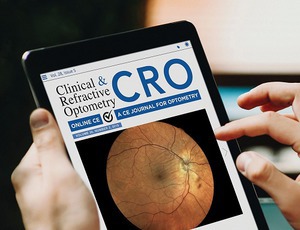
The Giving of our Time
 It’s been an incredibly challenging 18 months for just about every single human in this world. Safe to say, many of us have shed tears when facing the loss of a loved one. We have been stretched to the point of breaking. We have been asked to continue performing, oftentimes while running on empty.
It’s been an incredibly challenging 18 months for just about every single human in this world. Safe to say, many of us have shed tears when facing the loss of a loved one. We have been stretched to the point of breaking. We have been asked to continue performing, oftentimes while running on empty.
So how do we reconcile the needs of our friends, family, and co-workers with our limited capacity?
This hits on the physical, mental, emotional, and more. Life doesn’t ask us permission when we suddenly might have to be the caregiver for a loved one. Or maybe that card was dealt many years ago for a child born with a disability. My friend created an app called ianacare (https://www.ianacare.com) which empowers and equips family caregivers with the resources they need and deserve.
I also want to introduce you to my wife’s 78-year-old friend Lila. She has diabetes and episodic pain because of her weight and neuropathy. I can see her gingerly going up the stairs of the church with someone close by and another holding her purse. Without any children or family members yet, this unlikely friendship shouldn’t come as a surprise to me knowing my wife’s compassion. Lila works about 30 hours a week at Costco serving samples.
She doesn’t have any retirement saved up and may have to move out of her apartment sometime in the next 10 months. Knowing that I’m an optometrist, she’s shared her experiences with two ophthalmologists.
It sounds like her low-tension glaucoma is undercontrol but there are definitely signs of diabetic retinopathy. The provider is reluctant to do any photocoagulation so she may get an anti-VEGF injection soon. I can hardly picture what it must be like to live each hour of each day in that loneliness, wondering if I’ll lose my vision.
This brings me back to this concept of blindness. While blindness does not always constitute seeing darkness in one or both eyes, the inability to resolve any letters of normal size or recognize faces or the environment is truly frightening.
For Lila, if she’s unable to drive herself, then she can no longer pay the bills. In the peer-reviewed literature, there is one highly cited paper from 1995 and another offering a 21st century perspective on world blindness published in 2001. One of my colleagues serves on the International Agency for the Prevention of Blindness. You’d think by now, that resources would have been properly allocated to make greater strides in these prevention of blindness efforts.
The populations are vast and diverse. The solutions are not one-size-fits-all. But as eye care providers, I think it’s sometimes lost on us that are collective mission is to provide a lifetime of healthy vision.
An ounce of education can go a long way. Empowering patients must always be the primary approach instead of just prescribing or telling. Much is lost in translation and patients don’t often get a second chance to grasp what’s their best course of treatment and why. And yet, we know how this story ends if children cannot see to learn, and adults cannot see to work. Let’s rally together to do better. Because if better is possible, good is not enough.
Justin Kwan, OD, FAAO

